A skeleton with white hair and a portion of an ear still intact has been discovered in the ancient Roman city of Pompeii, southern Italy. The tomb is believed to date back several decades before Pompeii was destroyed by the eruption of Mount Vesuvius in AD 79.
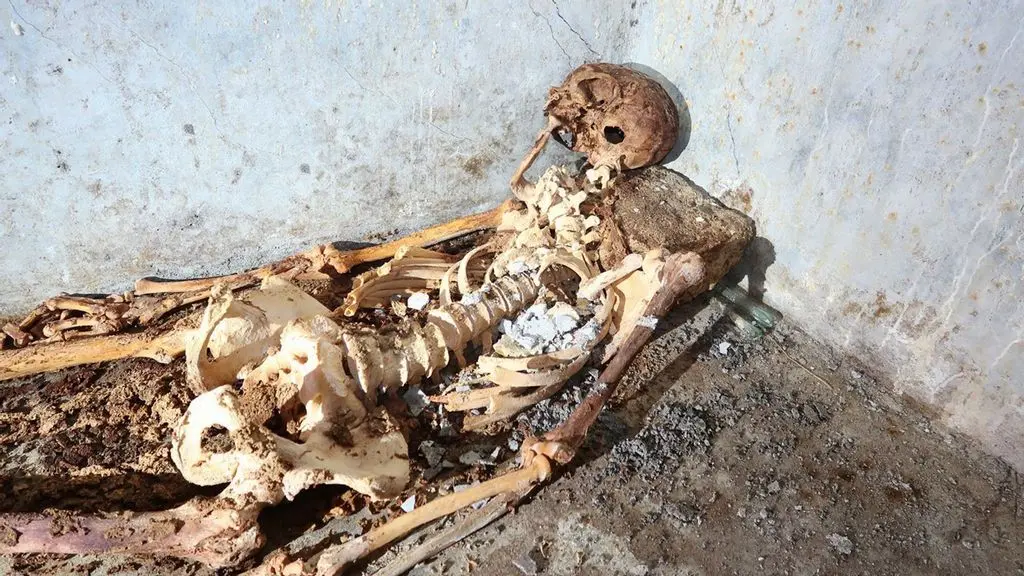
A Well-Preserved Tomb Beyond the Ashes
Archaeologists have described this as “one of the best-preserved skeletons ever found in this ancient city.” They added that this is also unusual because adults who died were typically cremated during the Roman period. At that time, only children were buried after death.
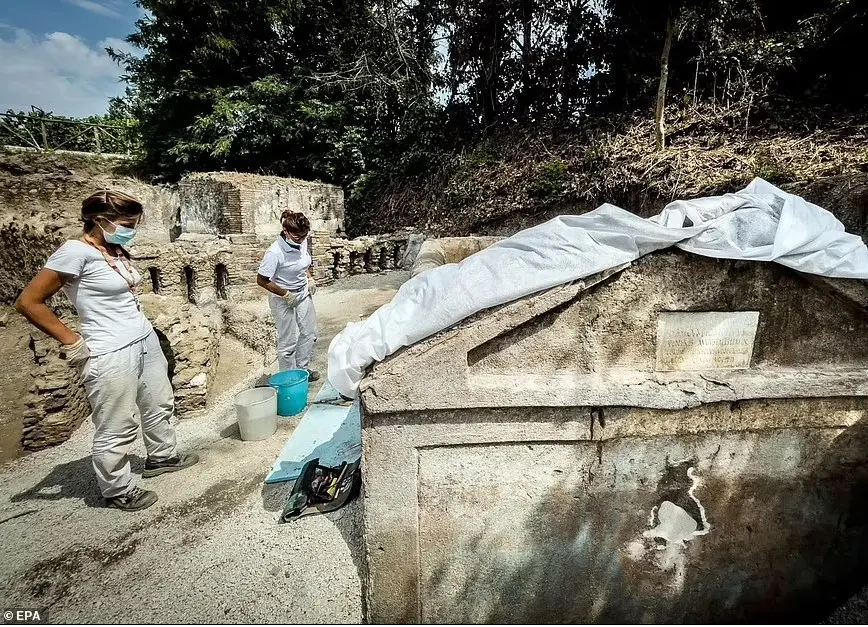
Researchers are working to learn more about the man in the tomb, but they have initially identified him as Marcus Venerius Secundio, who died at the age of 60 and was quite wealthy. He originated as a slave overseeing the Temple of Venus but worked hard to earn his freedom and subsequently reached a certain social and economic status.
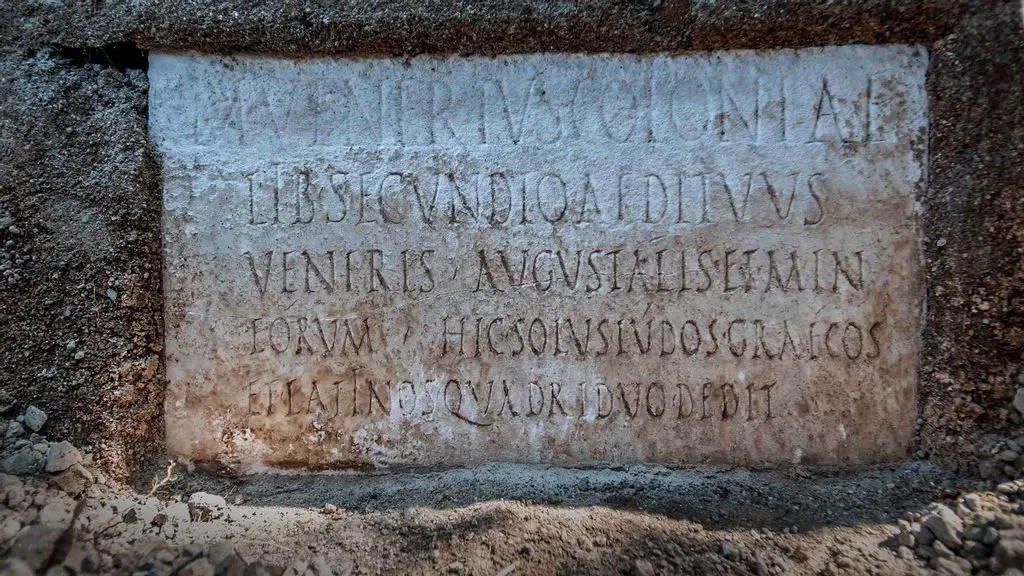
It is known that researchers found the name of Marcus Venerius Secundio in the wax tablet archives of the banker Cecilius Giocondus, who had an almost intact apartment in the Via Vesuvio area of Pompeii. Moreover, the grandeur of the tomb and the inscription on the newly discovered tombstone testified to the wealth of its owner.
The inscription on the tombstone stated that after gaining his freedom, Marcus Venerius Secundio’s job in the city was organizing performances in Greek, not Latin, which surprised researchers. Gabriel Zuchtriegel, the director of the Pompeii Archaeological Park, stated, “Performances in Greek being held is evidence of the vibrant and open cultural atmosphere of ancient Pompeii.”
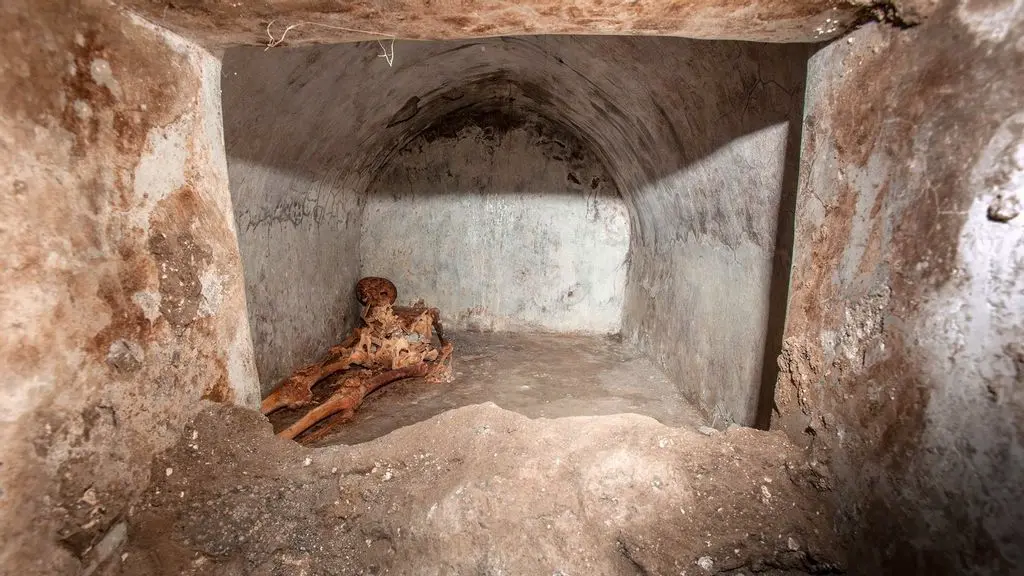
The archaeological team is also investigating why the hair and part of the ear of Marcus Venerius Secundio remain intact. They suggest there are signs that this individual might have been mummified. Additionally, the characteristics of the tomb, including a sealed room, allowed for better preservation.
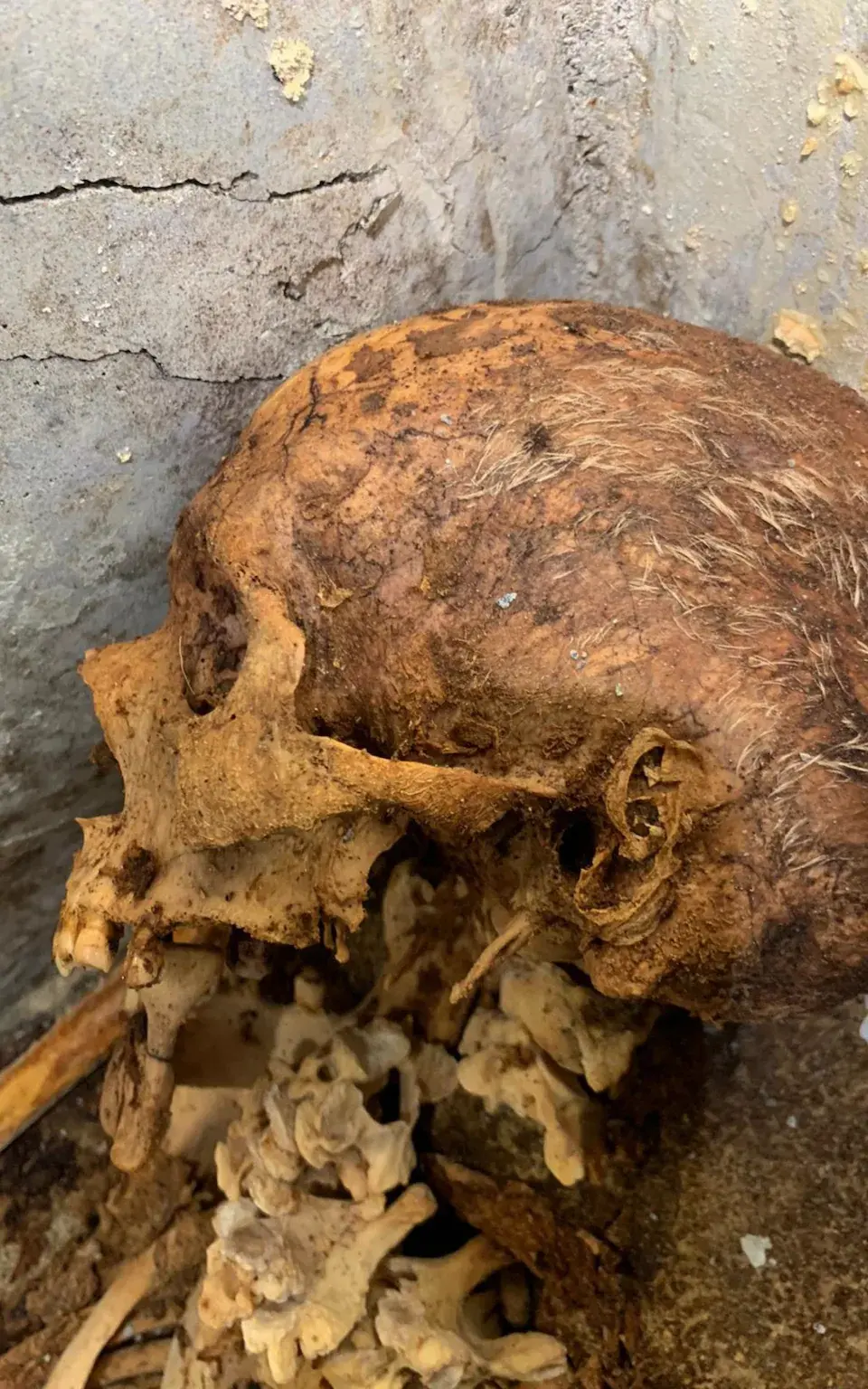
Professor Llorenc Alapont from the University of Valencia said, “We still need to understand whether the mummification of the deceased was due to intentional handling or not. Analyses of the types of fabrics found here could provide more information, as some fabrics were commonly used for mummification.” The remains of the skeleton and organic materials found in the tomb have been transported to a laboratory for further research.
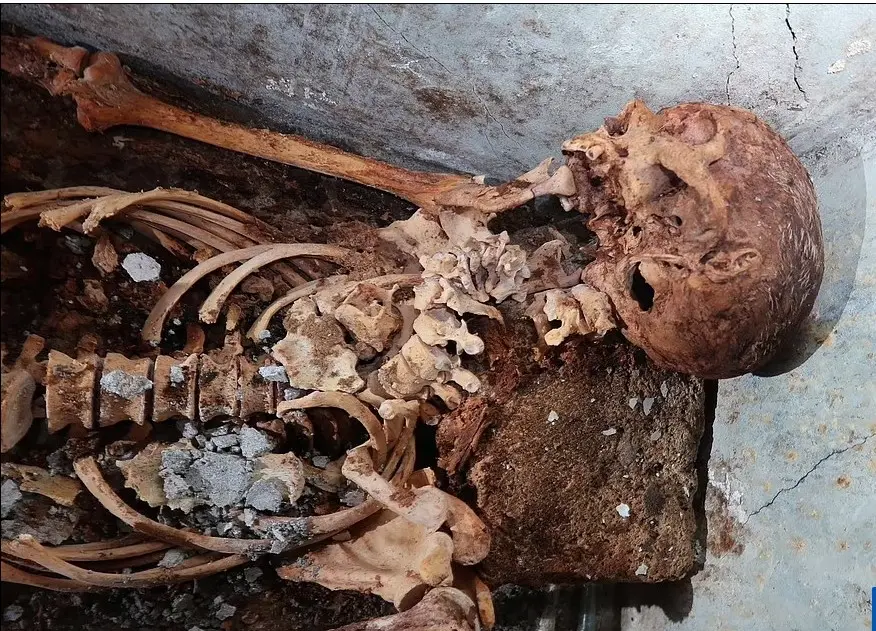
What happened to Pompeii?
The eruption of Mount Vesuvius in AD 79 wiped out Pompeii, leaving much of the city buried in ash. Mount Vesuvius, located on the southwestern coast of Italy, is the only active volcano on the European mainland and is about 15 km from Pompeii. Vesuvius is considered one of the most dangerous volcanoes in the world.
Records show that Vesuvius’s eruption created a pyroclastic cloud, a mixture of hot toxic gases and volcanic matter formed when eruption columns collapsed, releasing volcanic ash and spreading rapidly to nearby areas at incredible speeds. Pyroclastic flows can rush down at speeds of up to 700 km/h and reach temperatures of 1,000 degrees Celsius, which is why the entire population of Pompeii was buried quickly after the eruption.
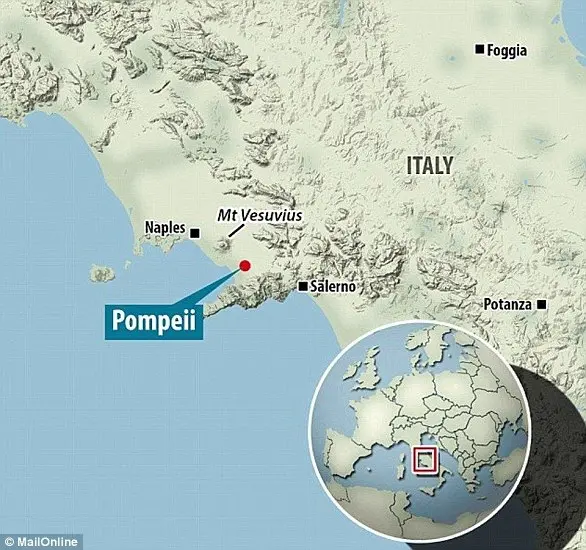
The famous Roman poet of the time, Gaius Plinius Caecilius Secundus (better known as Pliny the Younger), observed the disaster from afar, and letters describing what he saw were found in the 16th century. “A column of smoke like a pine tree rose from the volcano and quickly made the surrounding towns as dark as night,” wrote Pliny the Younger. That was when the pyroclastic clouds descended upon Pompeii, permanently burying the ancient city.
Researchers estimate that about 2,000 people perished in Pompeii. Only around 1,000 bodies have been discovered since the site began being excavated in the mid-19th century. Because death came so rapidly, many bodies were preserved as plaster mummies, retaining the shape they had at the moment of burial.





